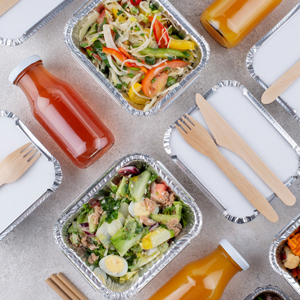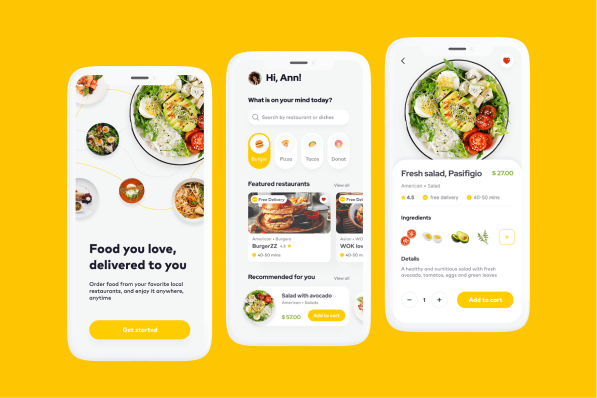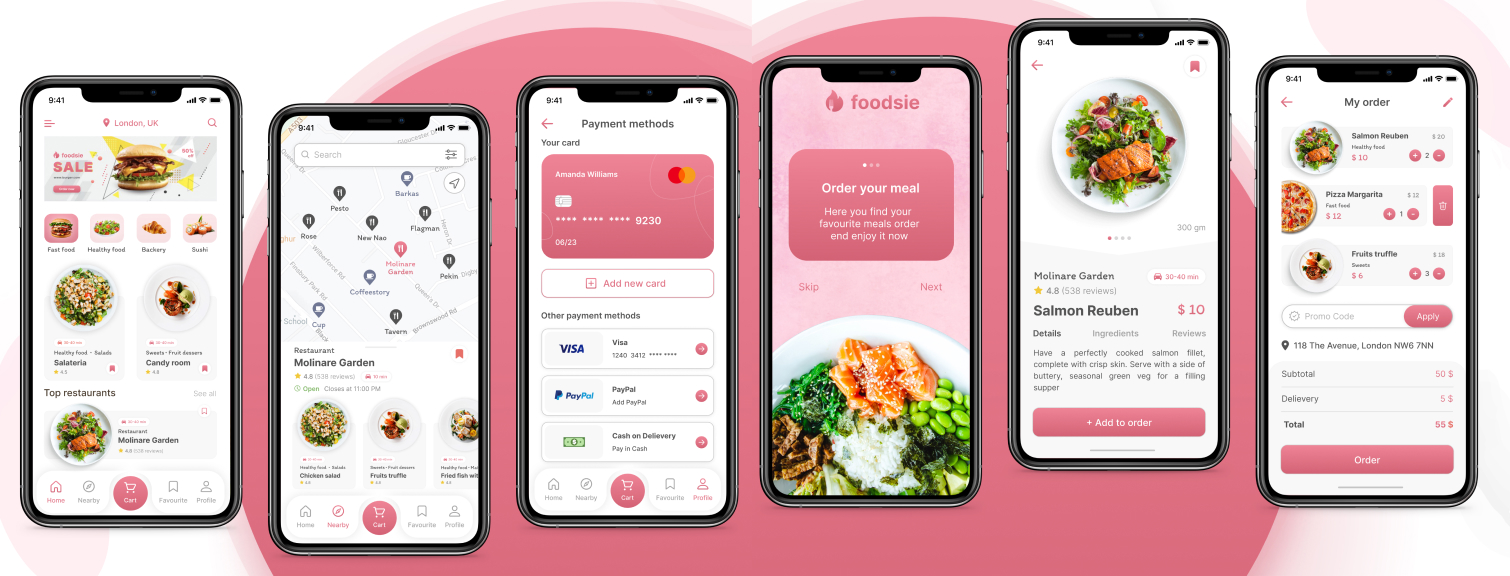A Discovery Phase for a Food Delivery App
development
release
The client
Our client is a food delivery startup that decided to build a food delivery system that would connect customers with restaurants and the delivery fleet. For this, our client needed three applications: a client app, a courier app, and a restaurant dashboard.
Background
Our client came to us with an idea for a food delivery application for their startup. They had a vision of their project, but didn’t have any prior experience in working with an outsourcing development company, and didn’t have any concrete technical requirements.
We offered our client to start with a discovery phase, where we would formulate the technical requirements for the future product, and turn our client’s idea into a working business project. This way they would get a clear development plan, and then decide whether they’d like to continue working with us, or choose another way to bring their project to life.
Discovery phase outline
For this project, we needed to create comprehensive technical documentation that would serve as a fully-fledged guide for any development team that would take over the development process in the future. We decided to start with a client application and set up a series of meetings with our client to discuss their business goals and ideas.
It took us three meetings over the course of one week to extract the requirements and start working on the documentation. Because our client was about to enter a rather competitive market, we also conducted:
- Market research
- SWOT analysis
- Competitor research
- Target audience analysis
- Proof of concept
Based on these studies, we were able to outline the future project and its key factors that would differentiate our client’s business from its competitors. We also offered our client to create two documents for their MVP (minimum viable product) and MMP (minimum marketable product).
The MVP would allow our client to quickly enter the market and test their niche, and MMP was a more full version of the app that would be able to bring profit. The plan for an MMP was also important to the investors, as our client planned to raise money for their project. For this reason, we also created clickable prototypes for our client to present to the investors.
Goals
The goals of this discovery phase included:
- Create a clear and comprehensive technical documentation that would be enough to serve as a development plan for any team
- Conduct a series of analyses and researches to ensure the market fit for the future product
- Create a plan for both MVP and MMP to win time to market and also help our client raise money for further development
- Recommend the best technical solutions for our client’s target market, budget and timeline
- Develop user-oriented and efficient UX design
- Deliver a detailed estimate for the whole future project
Challenges
The challenges of this project included:
- Lack of concrete requirements from the client at the start
- Risk to miss the market
- Low budget for development at the start
All the challenges above were recognized by our team, and we managed these risks by conducting extra research and creating an attractive prototype that would allow our client to raise money for their project development.
Discovery phase process and its results
The process of the discovery phase went like this:
1. Communication. We held several meetings, extracted the requirements, and discussed the idea for product
2. Marketing research. We analyzed the current market size and its prospects, as well as competitors that are currently active.
3. SWOT analysis. We analyzed the opportunities and threats for the future project and figured out how it can position itself on the market.
4. Mind map. We created a mind map of the project, that shows what a future food delivery system will look like, and what parts it will have. In our case, it consisted of three apps for couriers, customers, and restaurants, and one admin panel for managing the service.
5. UI/UX design. We developed wireframes that represented the UX design, and also created UI concepts for the applications.
6. Vision and scope document. This is a document that shows a helicopter view of the whole project, its goals, objectives, paradigm, and the business logic of the whole system.
7. Software requirements documentation. This document contains every single feature of the future software, its business logic, as well as functional and non-functional requirements.
8. Estimate and team size. Our team lead estimates the whole project based on its technical requirements and recommends the optimal team size for this project.
9. Project developer plan. This plan contains all the major milestones for project development.
10. MVP and MMP. We extracted the features for a minimum viable product into a separate document that would serve as a guide for developing an MVP version of an app first.
Our team that worked on this project’s discovery phase comprised:
- 1 business analyst
- 1 project manager
- 1 designer
- 1 marketing specialist
- 1 technical lead
Discovery phase deliverables
Technical requirement specification
Describes all functional and non-functional requirements for the project, its features and business logic
Wireframes
Show the relations between the screens of the application and interactions with users
Design
Visual and user experience concepts of the food delivery app
Market analysis
Contains the information about the current state of the market and future expectations, as well as competitors
Detailed estimate and software development plan
Shows how many hours it will take to develop the whole project, and contains the main milestones that serve as a plan for future development.
Technologies we used
What our client says about this project

More projects






